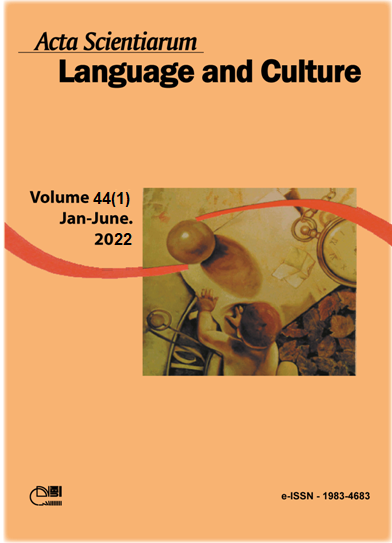A voz do estereótipo nos assistentes digitais
Résumé
Os processos de reprodução e sintetização da voz humana nos dispositivos de assistência digital não obedecem, somente, a mecanismos puramente tecnológicos. Neles também se evidenciam quer formas de conceber a linguagem segundo os preceitos da informação quer formas de actualizar e perpetuar certos estereótipos sociais, particularmente os de género. É com o propósito de reflectir sobre a articulação de ambas que se justificam os conteúdos expostos no presente artigo, assim como a principal distinção conceptual, que, nele, é desenvolvida, entre ‘a voz que ouve’ e ‘a voz que é ouvida’. São duas as teses que norteiam esse propósito. A primeira sugere que a padronização dos assistentes digitais segundo critérios de discriminação de género é, ainda, nos nossos tempos, uma das várias manifestações do amplo fenómeno da divisão sexual do trabalho. A segunda tese, por sua vez, abrange o fenómeno tecnológico da chamada “convergência digital” e diz respeito aos modos de como os estereótipos auditivos, baseados na imagem de mãe-cuidadora, complementam e reforçam os estereótipos visuais. Para que a articulação teórica das duas teses seja profícua, é necessário, antes de tudo, desmistificar a suposta interacção verbal entre máquina e utilizador, mostrando – ao contrário do que se infere do imaginário tecnológico contemporâneo – a impossibilidade dialógica de ambos.
Téléchargements
DECLARAÇÃO DE ORIGINALIDADE E DIREITOS AUTORAIS
Declaro que o presente artigo é original, não tendo sido submetido à publicação em qualquer outro periódico nacional ou internacional, quer seja em parte ou em sua totalidade.
Os direitos autorais pertencem exclusivamente aos autores. Os direitos de licenciamento utilizados pelo periódico é a licença Creative Commons Attribution 4.0 (CC BY 4.0): são permitidos o acompartilhamento (cópia e distribuição do material em qualqer meio ou formato) e adaptação (remix, transformação e criação de material a partir do conteúdo assim licenciado para quaisquer fins, inclusive comerciais.
Recomenda-se a leitura desse link para maiores informações sobre o tema: fornecimento de créditos e referências de forma correta, entre outros detalhes cruciais para uso adequado do material licenciado.




















6.png)









